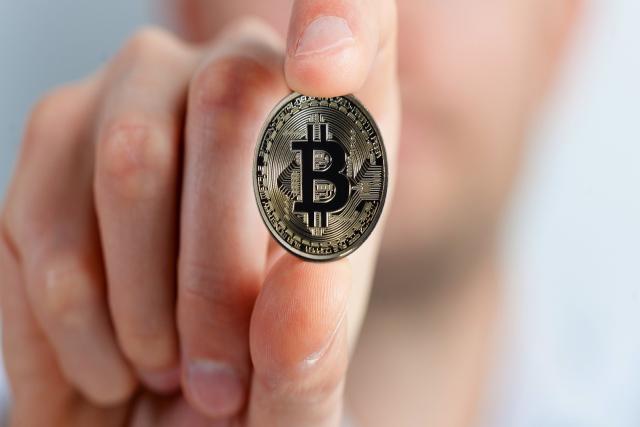
Bitcoin, the pioneering cryptocurrency, has a unique economic model. One of its key features is the "halving," which is crucial to understanding Bitcoin's value proposition and long-term viability.
In this article, we'll explore Bitcoin halving, how it works, and why it is significant for investors, users, and the cryptocurrency market.
What is Bitcoin Halving?
The term refers to reducing the reward that contributors (miners) receive for adding new blocks to the Bitcoin blockchain. It occurs approximately every four years, or once 210,000 blocks have been mined.Bitcoin's anonymous creator, Satoshi Nakamoto, hardcoded this mechanism into its protocol to control the supply of new bitcoins entering the market and mimic the scarcity and deflationary characteristics of precious metals like gold.
How Does Bitcoin Halving Work?
When Bitcoin was first introduced in 2009, the incentive for mining a block was 50 bitcoins. According to the protocol, this reward is halved every 210,000 blocks. The first halving occurred in 2012, reducing the block reward to 25 bitcoins.
Subsequent halvings followed in 2016 and 2020, with the rewards decreasing to 12.5 and 6.25 bitcoins, respectively. The next halving is expected to happen in 2024, decreasing the reward to 3.125 bitcoins.
Miners verify network transactions and add them to the Bitcoin blockchain. They achieve that by solving complex mathematical problems, and the first contributor to solve the problem gets the right to add a new block to the blockchain and earn the block reward. The halving reduces the reward they receive, which significantly impacts their profitability.
Economic Implications of Halving
The halving event is significant because it affects the supply side of Bitcoin's economy. The slowing pace of new bitcoins being created mimics the extraction rate of precious metals, introducing a scarcity factor. Scarcity can lead to price appreciation if demand remains strong or increases.
However, the reduced block reward also increases the cost of mining because the miners earn lower returns. This could lead to a decrease in the number of miners if the price of Bitcoin does not increase correspondingly to offset the lower rewards.
A reduced number of miners could affect the network's security, as an extensive network of miners bolsters Bitcoin's security.
Historical Impact on Bitcoin's Price
Each halving event has preceded a significant bull run in Bitcoin's price. For instance, the 2012 halving saw Bitcoin's price increase from around $11 to over $1,100 yearly.
Similarly, the 2016 halving was followed by the rise in price from about $650 to nearly $20,000 by the end of 2017. While correlation does not imply causation, many attribute these price movements to the reduced supply of new bitcoins making each coin more valuable.
However, it is essential to note that these increases also coincided with growing awareness and adoption of Bitcoin, suggesting that external market factors also play a crucial role in its price dynamics.
Why Bitcoin Halving Matters
- Sustainability: The halving process is part of what makes Bitcoin a deflationary asset, akin to gold, which many investors see as a hedge against inflation.
- Investor Interest: Halving tends to attract media attention and investor interest, contributing to cycles of price appreciation and increased investment.
- Network Security: While reduced rewards mean less compensation for miners, the increasing value of Bitcoin can compensate for this over time, maintaining the incentive for miners to continue securing the network.
- Market Sentiment: The anticipation and aftermath of halving events often influence market sentiment and speculative activity, driving price volatility and trading opportunities.
Future of Bitcoin Halving
Looking forward, the implications of further halvings are subject to much speculation. The diminishing block reward means that transaction fees will likely become more critical for miners' profitability.
As the number of new bitcoins issued per block decreases, the sustainability of Bitcoin's mining ecosystem may hinge on adopting Bitcoin as a transaction medium and the subsequent rise in transaction fees.
In conclusion, Bitcoin halving is a fundamental event that affects how the cryptocurrency is perceived and valued. It underscores Bitcoin's scarcity-driven value proposition, aligns stakeholders to network security, and influences broad market dynamics.
Whether you are an investor, a miner, or just a curious observer, understanding halving is crucial to comprehending the larger economic and technical workings of Bitcoin.
Disclaimer: This post was provided by a guest contributor. Coherent Market Insights does not endorse any products or services mentioned unless explicitly stated.





